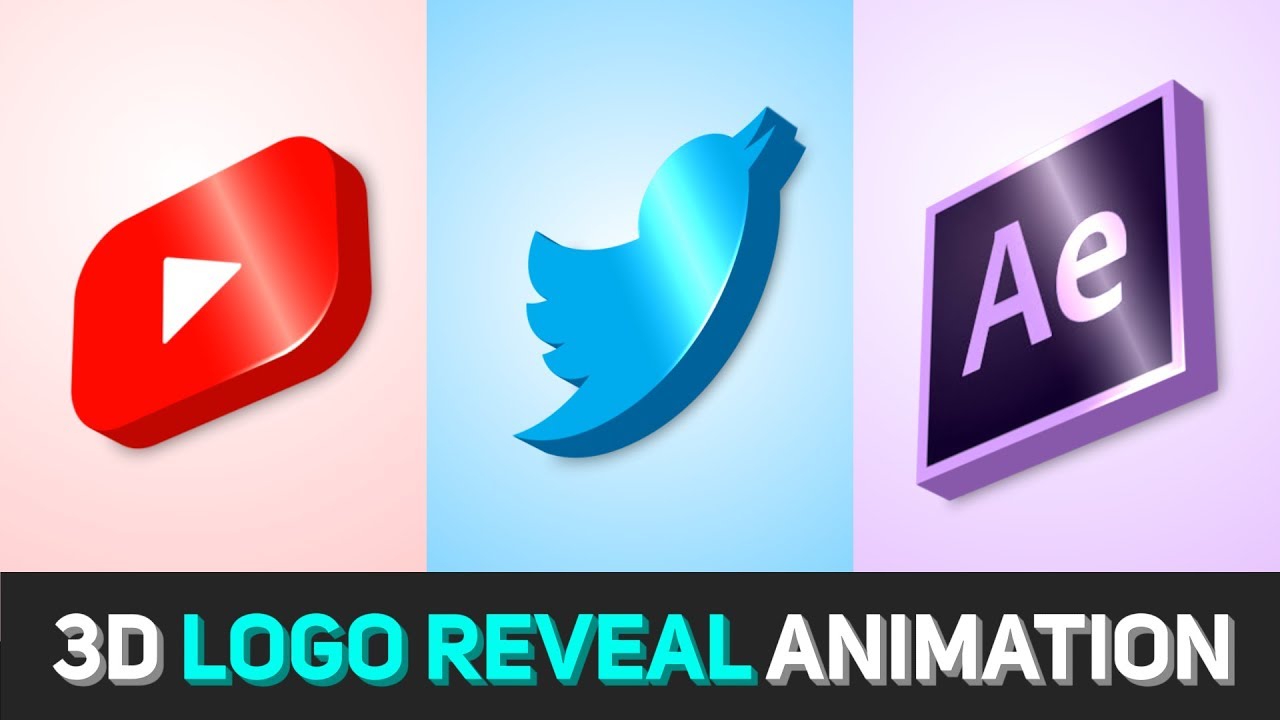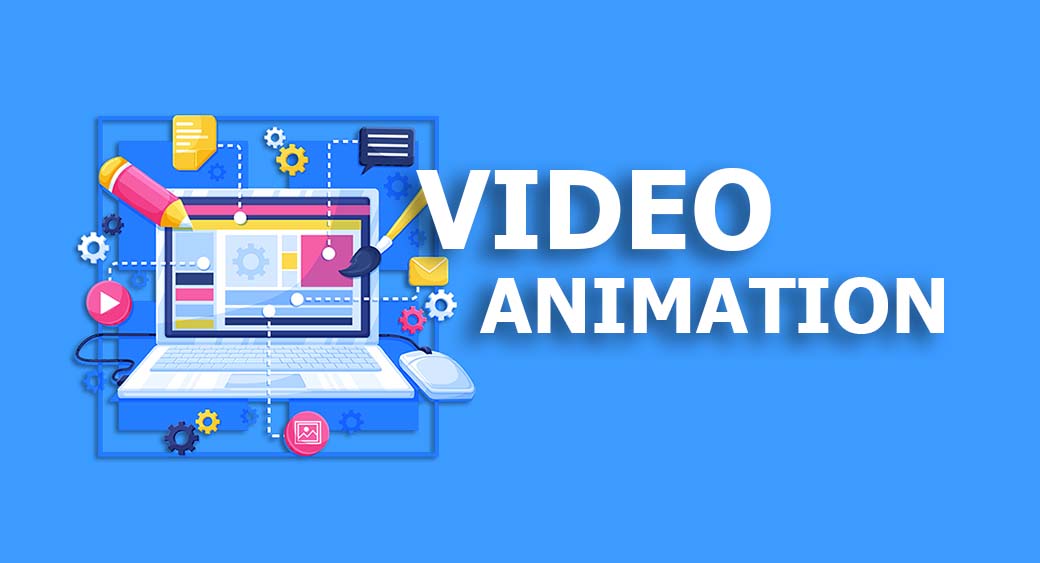- info@provisioningtech.com
- Dwarika mor delhi 110059
Service Details

3D animation refers to the process of creating moving images using three-dimensional computer graphics. It involves creating virtual models of objects, characters, and environments, and manipulating them in a computer software to produce animated sequences. 3D animation is widely used in various industries, including film, television, gaming, advertising, architecture, and product visualization.
The process of creating a 3D animation typically involves the following steps:
-
Concept and Design: This is the initial phase where the idea for the animation is conceived and the overall design and style are determined. Storyboards or concept sketches may be created to plan out the visual elements and sequence of events.
-
Modeling: In this stage, 3D models of characters, objects, and environments are created using specialized software. The models are constructed by defining their shape, texture, color, and other properties.
-
Texturing and Shading: Textures are applied to the 3D models to give them their surface appearance. This includes defining colors, patterns, and material properties such as reflectivity and transparency. Shading techniques are used to enhance the realism of the materials.
-
Rigging: Rigging is the process of creating a digital skeleton or framework for a 3D character, allowing it to be animated. This involves defining joints, bones, and controls that enable movement and deformation of the character.
-
Animation: Animators create the movement and performance of characters and objects by manipulating their digital rigging. Keyframe animation, where important poses are defined, and interpolation techniques are used to create smooth and realistic motion.
-
Lighting: Lighting is crucial for setting the mood and atmosphere of a 3D scene. Digital lights are positioned, adjusted, and given properties to illuminate the virtual objects in the desired way.
-
Rendering: Rendering is the process of generating the final images or frames from the 3D scene. This involves calculations for lighting, shading, reflections, and other effects to produce the desired visual output.
-
Compositing and Post-Production: After rendering, the individual frames are combined, and additional effects, such as color correction, visual filters, and compositing, may be applied to enhance the final result.
Some popular software used for 3D animation include Autodesk Maya, 3ds Max, Blender, Cinema 4D, and Houdini. These tools provide a wide range of features and capabilities for creating stunning 3D animations.
Whether it's for creating animated movies, visual effects, architectural walkthroughs, or video game assets, 3D animation offers a powerful medium for bringing virtual worlds and characters to life.
Frequently Asked Question
Sure! I can help answer frequently asked questions. Please go ahead and ask your question, and I'll do my best to provide you with a helpful response.
-
Is my technology allowed on tech?There are many variations of passages the majority have suffered alteration in some fo injected humour, or randomised words believable.
-
How to soft launch your business?There are many variations of passages the majority have suffered alteration in some fo injected humour, or randomised words believable.
-
How to turn visitors into contributorsThere are many variations of passages the majority have suffered alteration in some fo injected humour, or randomised words believable.
-
How can i find my solutions?There are many variations of passages the majority have suffered alteration in some fo injected humour, or randomised words believable.


